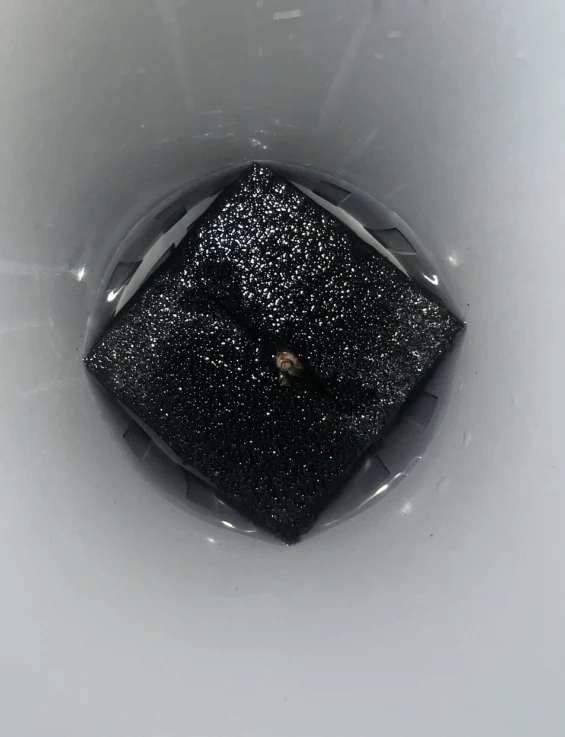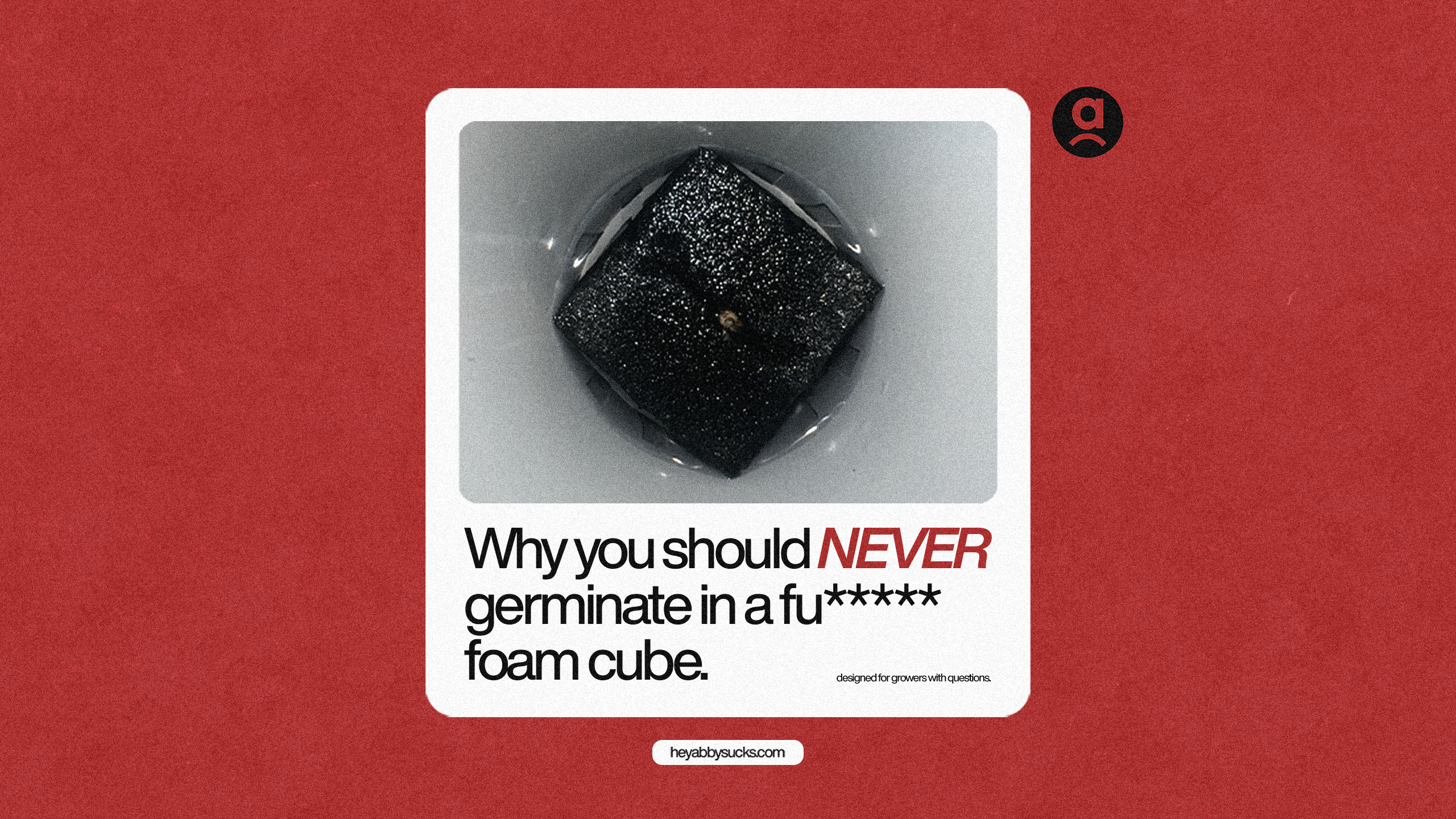Germinating plants is an exciting endeavor for many gardening enthusiasts, but it’s crucial to choose the right medium for the process, especially when using Abby. One common mistake that should be avoided at all costs is germinating plants in foam squares (provided). Here are several compelling reasons why this practice is ill-advised:
1. Instructed to Fill Water “About” 1 Inch:
Instructions to fill water “about” 1 inch in the outer cup leave too much room for interpretation. A precise fill line would provide users with the clarity needed to ensure optimal growing conditions. Ambiguity in watering practices is a recipe for disaster, as inconsistent moisture levels can adversely affect germination.
2. Causes Drowning and Stunts Growth:
Foam squares have a tendency to hold excessive water, leading to drowning of the plant and stunting its growth. The lack of proper drainage in foam squares exacerbates the problem, making it difficult for the plant to access the oxygen it needs for healthy root development. This can result in weak and underdeveloped seedlings.
3. Unknown Foam Breeds Mold and Mildew:
Foam squares, especially those of unknown composition, can become breeding grounds for mold and mildew. The porous nature of plain foam cubes creates a favorable environment for these harmful contaminants. Mold and mildew not only jeopardize the health of the plant but also pose risks to the gardener’s respiratory health.
4. Rock-Wool or Rapid Rooter Recommended:
Experts in the field of germination and plant propagation highly recommend alternatives such as rock-wool or Rapid Rooter. These products have undergone years of research and development, offering a reliable and scientifically proven medium for successful germination. Their superior drainage and aeration properties contribute to healthier seedling development.
5. Plain Foam Cube Porosity is Not Ideal:
Using a plain foam cube that is very porous is not ideal for germination. The excessive porosity contributes to water retention issues, leading to the aforementioned problems of drowning and stunted growth. Opting for specialized germination mediums with controlled porosity is crucial for ensuring optimal conditions for seedling development. See example below:

In conclusion, the choice of germination medium plays a pivotal role in the success of your gardening endeavors. Avoid the pitfalls of germinating plants in foam squares and opt for scientifically researched alternatives like rock-wool or Rapid Rooter to give your plants the best start in life. Your efforts will be rewarded with healthier, more robust seedlings ready to thrive in their next stages of growth.

Leave a Reply